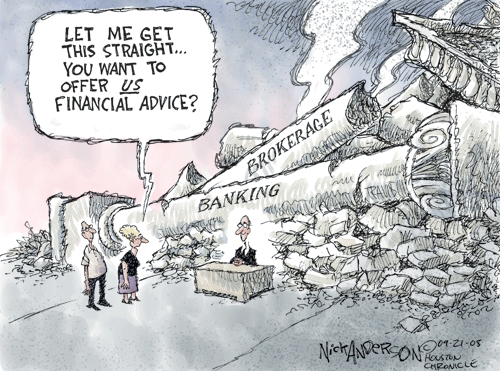Ten Ways to Lose Money in Wall Street by the Market Cynic (1930)[1]
After many hours of toil and deep thought I have compiled a dependable guide for stock traders: Ten Ways to Lose Money in Wall Street. I shall not attempt to explain or qualify these precepts, realizing that my readers will doubtless follow them regardless of any advice, from any source, to the contrary.
- Put your trust in board-room gossip.
- Believe everything you hear, especially tips.
- If you don’t know—guess.
- Follow the public.
- Be impatient.
- Greedily hang on for the top eighth.
- Trade on thin margins.
- Hold to your own opinion, right or wrong.
- Never stay out of the market.
- Accept small profits and large losses.
**Your Editor will add:
- Never read the proxy before and after investing.
- Never look carefully at the financial and financial footnotes before investing.
- Never look at the terms and conditions of debt if the company has debt outstanding.
[1] Tape Reading and Market Tactics: Three Steps to Successful Stock Trading by Humphrey B. Neill (1931)

